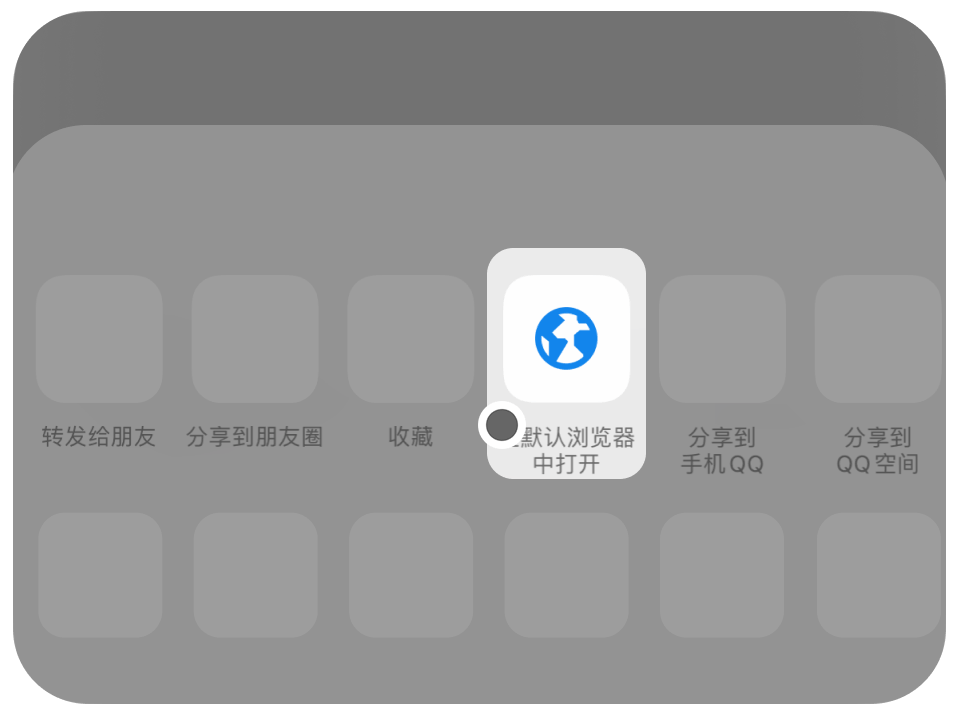Goheal: How to avoid team "disunity" after the merger and reorganization of listed companies?
"When the generals are in harmony, the world is governed; when the generals are separated, the army is defeated and destroyed." This sentence reveals the core logic of a team: people's hearts must be in one place, so that they can work together. In the current A-share market where mergers and reorganizations are in full swing, this ancient saying suddenly becomes particularly realistic. Just after the gong of the acquisition fell, the hot searches in the circle of friends were over, and there were endless cases of middle and senior executives of the "acquired party" collectively resigning and "the core team setting up a new business". One by one, the merger and reorganization projects that seemed to be synergistic and win-win turned into an embarrassing situation of "1+1<2" in the later stage.
American Goheal M&A Group
As Goheal, who has been active in the front line of the global capital market for a long time, we know that what determines whether an M&A project can really take root and bear fruit is never just how sophisticated the transaction structure is designed, nor how scientific the valuation model is built, but people - especially the depth of integration between teams. In the final analysis, a company is not the sum of a bunch of assets, but a group of people working together. Whether the merger and reorganization can be "hearted" determines whether the integration is "cooperative".
The current market trend has changed significantly. In 2024, the China Securities Regulatory Commission promoted the acceleration of merger and acquisition review, optimized the equity payment mechanism, encouraged horizontal mergers and acquisitions in the industrial chain and strategic restructuring of central enterprises, and the total amount of mergers and acquisitions for the whole year exceeded 2 trillion yuan, with a success rate of 93%. This "M&A wave" is very much like a spring plowing movement for capital repair, but whether there can be an autumn harvest after spring plowing depends on the most uncontrollable variable, "people's hearts".
We found in a large number of practical cases that "disunity" often does not start from superficial contradictions, but from the gradual enlargement of four invisible cracks:
The first crack is "cultural conflict". A private enterprise headquartered in Shenzhen acquired an old manufacturing company located in Qingdao. Although the industrial chain coupling is high and the customer overlap is 80%, the cultural differences and management style collisions between the two places eventually led to the collective departure of the original core technical team, resulting in a significant delay in order delivery and an instant evaporation of 30% of the market value. This scene is not unfamiliar. The deep integration of corporate culture is much slower than financial integration. Some founders have never even written "cultural adaptation" into the M&A list, which is tantamount to a blind man touching an elephant.
Goheal believes that in the early stages of mergers and acquisitions, an independent third party should conduct a portrait assessment of the organizational culture of the acquired party, identify potential conflict points, set up a "fusion buffer period" in advance, and introduce a professional HR team as a "psychological intermediary" to help both teams find a common value language.
The second crack is "power anxiety". This is the most difficult part of mergers and acquisitions. Who has the final say before and after the merger? Who leaves? Who stays? Especially when the original executives still occupy important resource nodes, "power redistribution" can easily become a powder keg. Some companies try to "maintain stability" by establishing a joint general manager or dual chairman system, but the result is only to create more confrontational scenes - on the one hand, the new shareholders want to accelerate the change, and on the other hand, the original team is unwilling to let go. Over time, the team loses trust and the business naturally declines.
When assisting a Hong Kong-listed company to complete the acquisition of a mainland digital medical company, Goheal adopted a "gradual release of power" mechanism. The specific approach is that within the first six months of the completion of the merger and acquisition, the original senior management team continues to be fully responsible for the operation, and the new management does not intervene; then a joint decision-making committee is established, and the external and internal parties send core personnel to jointly create a "roadmap" every quarter to ensure that the power transfer is not a "you up and I down" game of grabbing positions, but a "co-governance" transition. The results of practice show that this "delayed power takeover" has improved the team security of the acquired party and reduced the employee turnover rate by 38%.
The third crack is "incentive mismatch". In the early stages of mergers and acquisitions, many companies tried to bind the team by "painting the pie with options", but ignored the timeliness and differentiation of the incentive structure. Many old employees do not buy into the "new equity", while new employees only focus on short-term cashing capabilities, resulting in "no hope for the future and no patience for the present".
Goheal believes that a reasonable incentive design should be a "sandwich structure": the bottom layer is a stable guaranteed income (to ensure a sense of security), the middle layer is a floating performance link (to drive enthusiasm), and the top layer is a clear lock-up period equity commitment (to create a sense of belonging). More importantly, it is necessary to set up a "synergy award" in combination with business KPIs, that is, to clarify the ownership of the new profits generated by the integration synergy, and give priority to rewarding cross-team contributors, so as to form a real "synergy dividend sharing".
The last crack is "expectation out of control". Many mergers and acquisitions "talk too much" in the initial publicity stage. The acquirer promises "no layoffs", "independent operation", "the original team will not move" and other "politically correct" statements, which appeased people in the short term, but could not be fulfilled in the process of integration, but led to a complete collapse of trust.
Goheal clearly stated in many projects: "The management expectations in the early stage of mergers and acquisitions must have the dual attributes of authenticity and ambiguity." The so-called "authenticity" means that you cannot make unrealizable promises; the so-called "ambiguity" is to leave room and flexibility for later adjustments. We once assisted an energy company in setting up an "expectation management team" after the merger and acquisition, which was composed of new and old teams. It regularly informed employees of the integration progress, business trends, resource allocation plans, etc., effectively suppressed market rumors and internal anxiety, and maintained stable morale.
Goheal Group
Perhaps we have to admit a reality: post-merger integration is not an engineering problem, but a psychological tactic. The more the data indicators are in the red, the more you should be careful about the changes in the team's mentality. Especially in a market like A-shares where "public opinion forces expectations", the consequences of "disunity" are far more severe than asset discounts.
Of course, each M&A project is unique, and there is no template that applies to all companies. But experience tells us that as long as "people integration" is truly placed in the same important position as "asset consolidation", most M&A will not die from internal backlash. Goheal will continue to build a "team community" for customers in the post-M&A era through three ways: institutional design, cultural guidance, and psychological mechanism resonance, and truly realize the mental alliance from "forced to stand side by side" to "voluntary to go the same way".
Today, there are many new M&A projects in the market, and many investors are beginning to worry: Will the "M&A wave" under this round of favorable policies replicate the "difficult integration" and "turbulence" of previous years? And we might as well ask a question first-faced with those M&A integration sites that appear calm on the surface but are actually undercurrents, is your company ready to deal with the "human" variable?
Welcome to leave a message in the comment area to share your true feelings and tips on "team integration" in M&A integration. Goheal will continue to accompany you through the fog of M&A and find a way out of integration.
[About Goheal] Goheal is a leading investment holding company focusing on global M&A holdings. It is deeply engaged in the three core business areas of listed company control acquisition, listed company M&A and restructuring, and listed company capital operation. With its deep professional strength and rich experience, it provides enterprises with full life cycle services from M&A to restructuring and then to capital operation, aiming to maximize corporate value and achieve long-term benefit growth.


